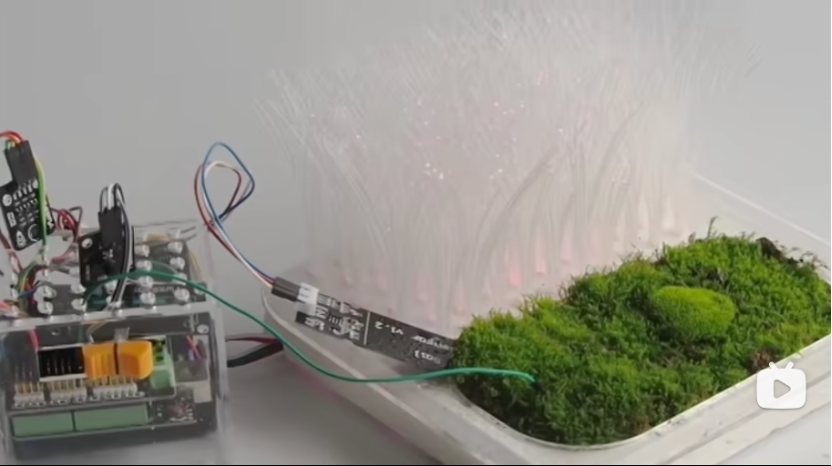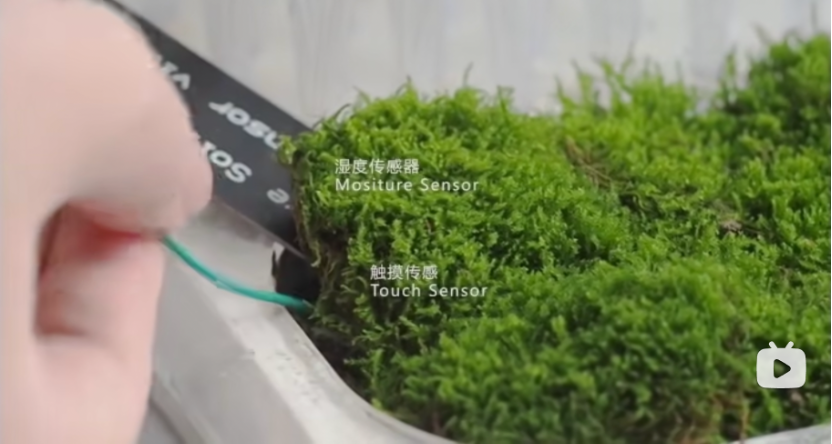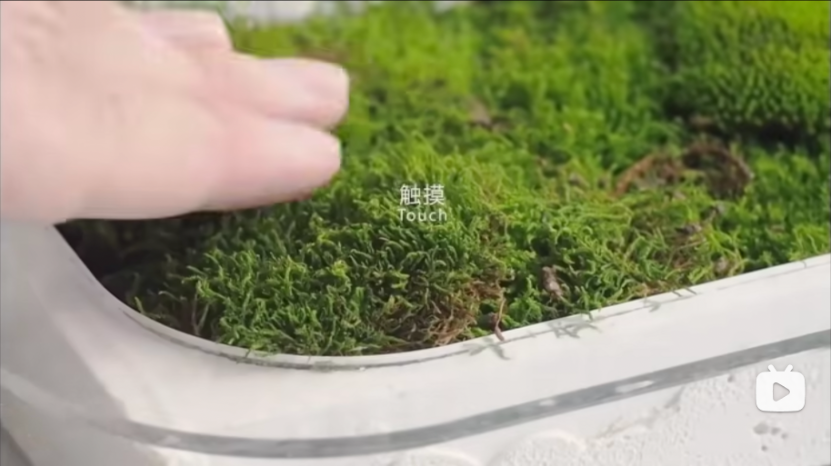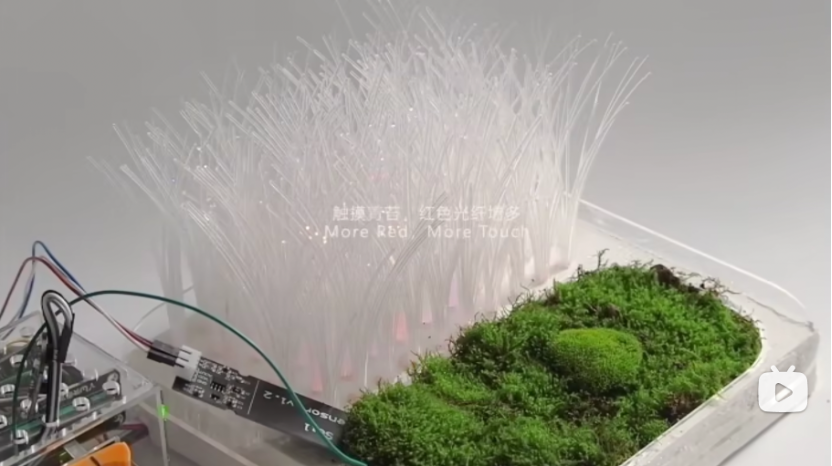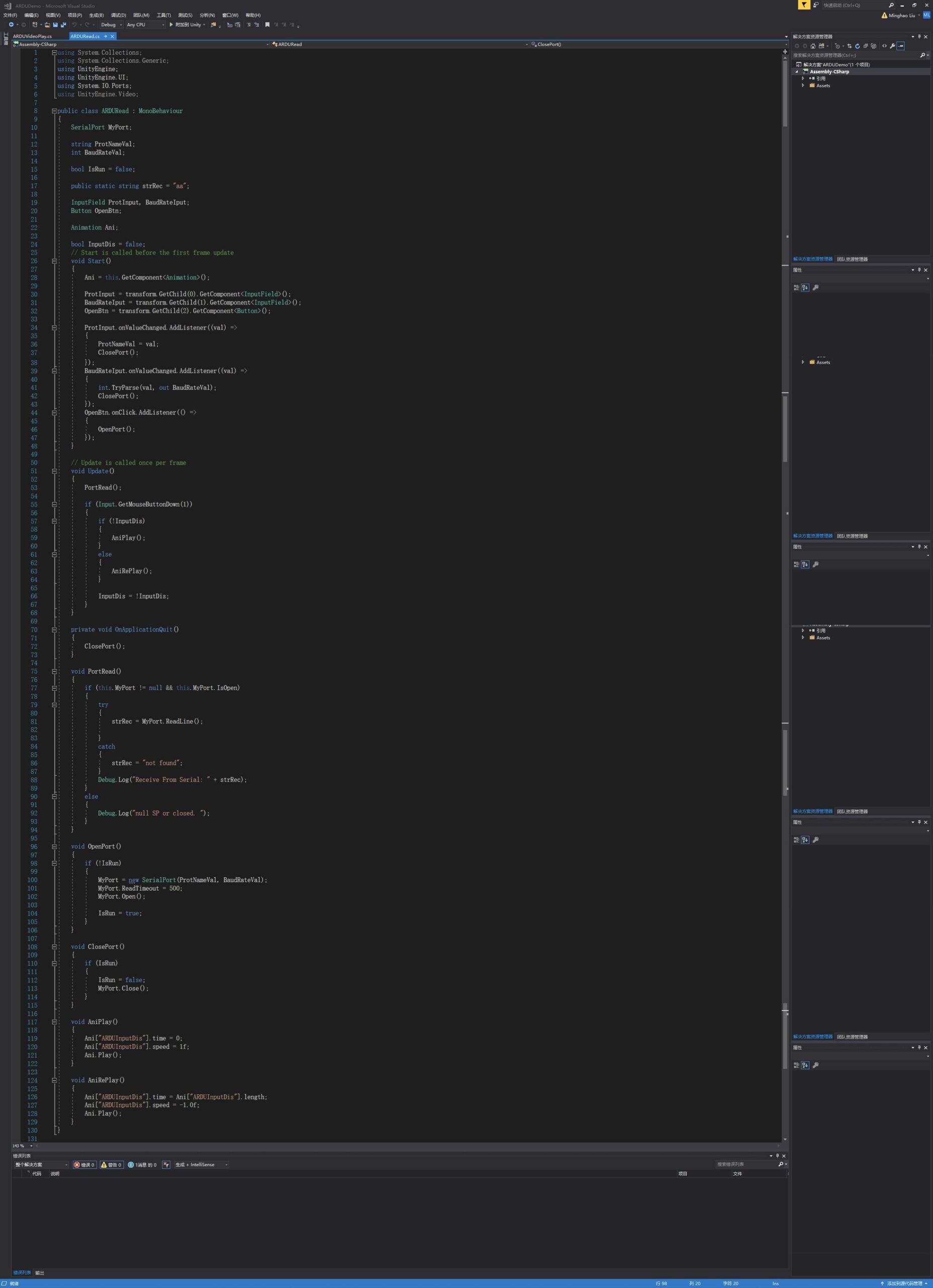Jalea and Yuan:
After receiving feedback from Philly on our sound design, we decided to broaden our understanding of audio-visual installation pieces and consider the following aspects:
Immersive experience: Our goal is to create sound environments that deeply engage the viewer and provide a unique experience, different from traditional visual art.
- 1. Creative experimentation: We are interested in exploring the possibilities of audio processing, sound structure, and spatial design to push the boundaries of traditional music and sound art and create novel sonic experiences.
- 2. Multiculturalism: We aim to cross-cultural and linguistic barriers and break genre restrictions by fusing different sound and music elements, achieving cross-cultural communication and integration.
- 3. Social reflection: We recognize the power of sound in drawing attention to and reflecting on social issues. We hope to call for social concern and change by creating socially significant works.
- 4. Environmental consciousness: We are interested in using sound materials from the environment to explore the sound properties and spatial nature of natural and man-made environments. Through our work, we hope to promote environmental protection and sustainable development.
Sound installation art is a unique art form that uses sound and music as its primary medium to provoke sensory and intellectual experiences in the viewer. It explores sound’s different properties and manifestations, leading to a deep and immersive artistic experience.
Project One: “Towards the reproduction of sound”
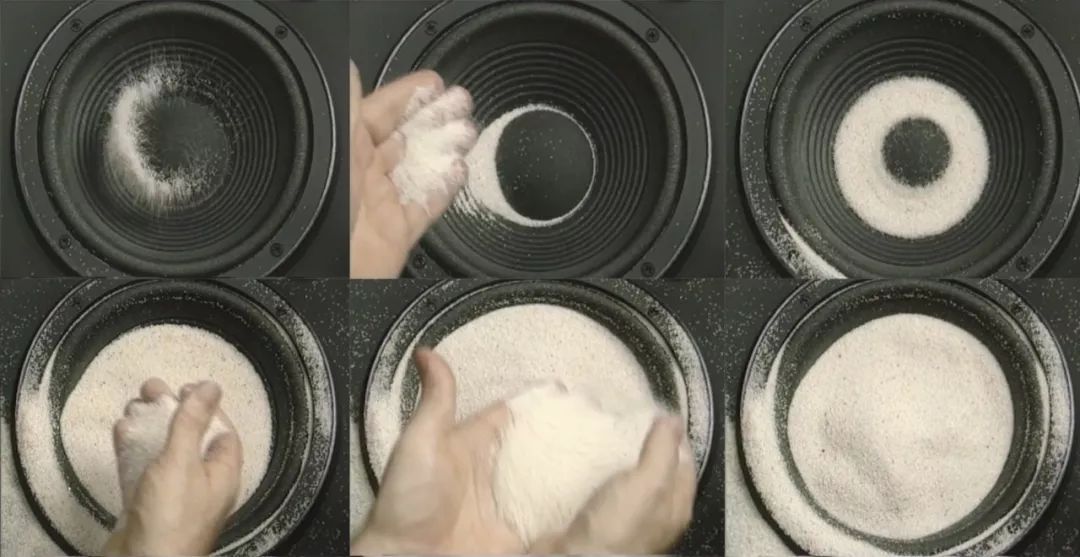
In the video Mediation: Towards the Reproduction of Sound, Hill starts sprinkling rice on a speaker and then speaks through the microphone himself at the same time, his voice emanating from the speaker’s loudspeaker, and the grains of rice bounce along with the sound waves, with different vibrations of rice in both high and low tones, as if they were many small intelligent creatures dancing as a whole under the direction of the artist’s words. Towards the end of the video, the rice grains completely bury the speakers of the speaker, covering the sound.
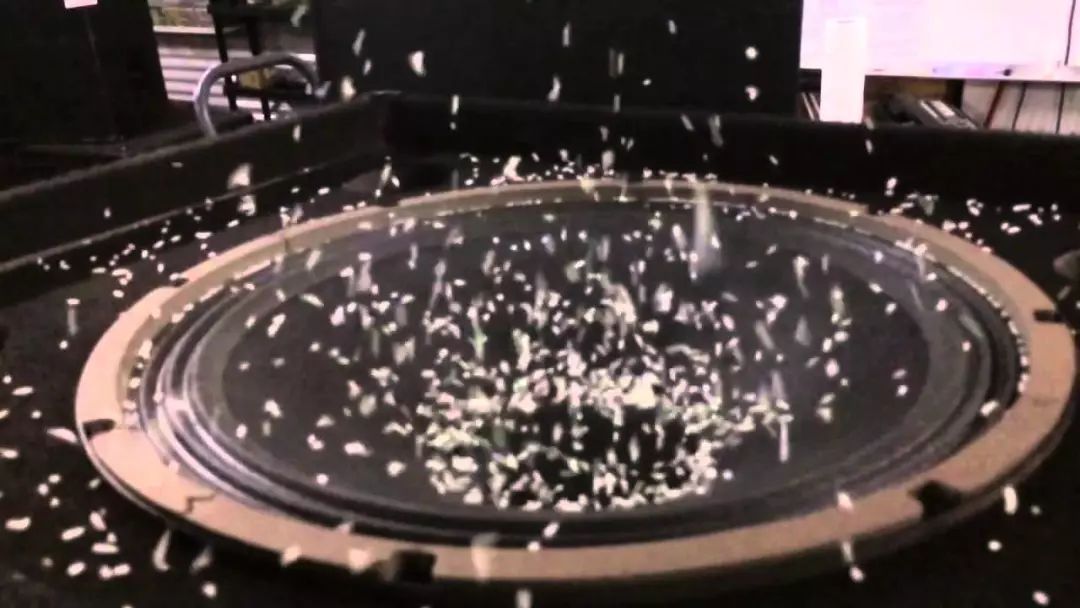
In this work, Hill is burying sound while talking to himself. The language of sound that he emits through the speakers actually describes this visualisation process. He uses the simplest of words to say things like “sound, speaker, hand”, and then these simple images of words appear to the viewer. Hill uses this experiment to show the audience that sound as a substance is real and can be seen and touched as the speakers you see in front of you and the artist’s hands.
Project Two: “Sonic Water
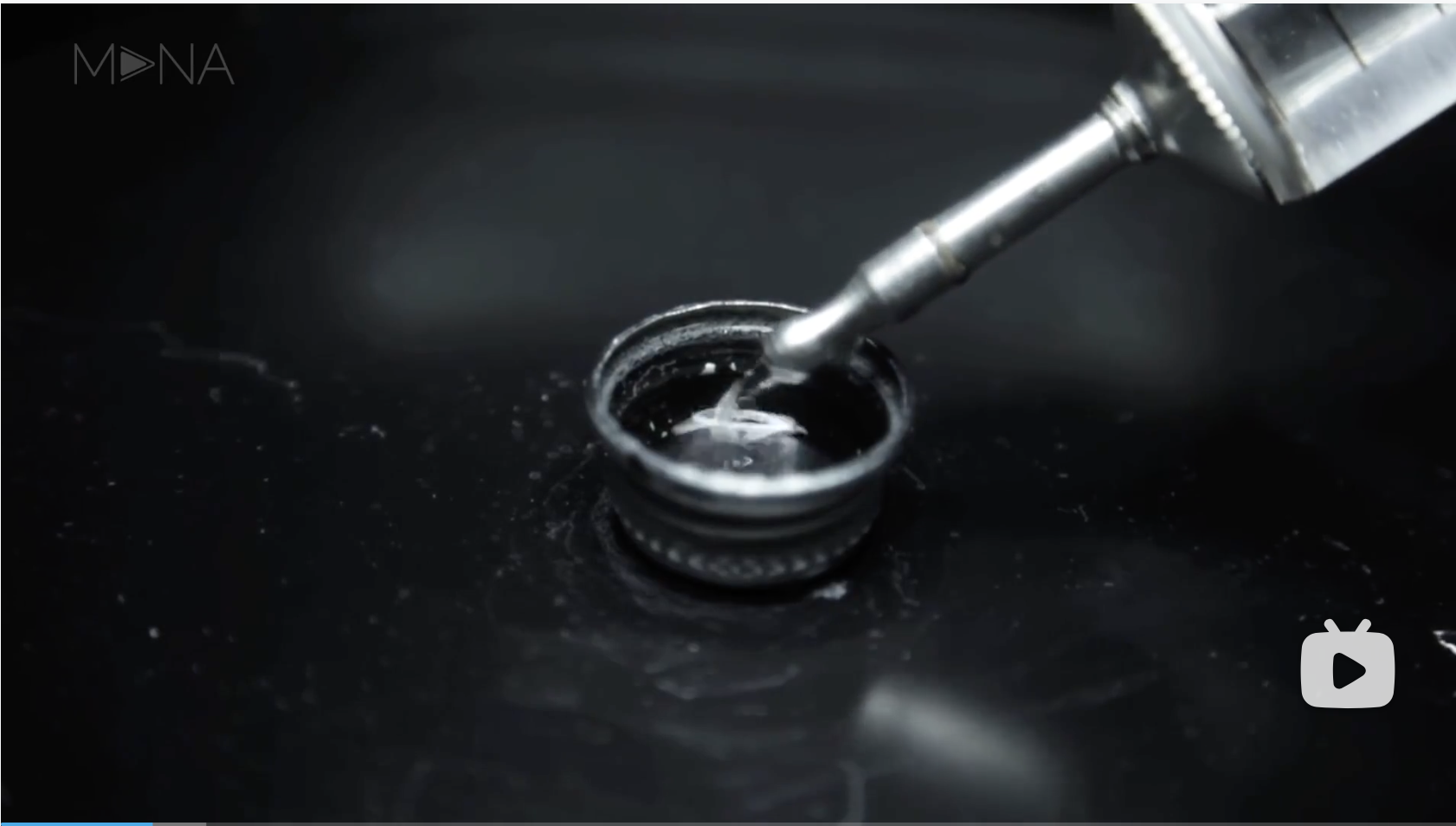

“Sonic Water” is an interactive installation experiment by KYMAT Laboratories in Germany that studies the visualization and vibration of sound and their ability to express sound aesthetically, transforming it into a fascinating visual experience.
Sonic Water is unique in its form and presentation as a sound installation. The artist has created a distinctive sound space and experience by combining water flow and sound. The work is also highly interactive, allowing viewers to alter the sound and form of the work through gestures and movements.
In terms of reflection on water resources, Sonic Water’s creative process involves using a significant amount of water resources. As we become increasingly concerned about environmental protection and sustainable development, it is essential to reflect on how to better utilise and protect water resources. Moreover, we should focus on how to use the process of creating artwork to call for environmental protection and promote awareness about water conservation.
Reflection:
For the sound installation of water droplets, focus on using the characteristics of the exhibition space and environment to build a more intimate and deeper relationship with the audience through the experience and perception of sound. The above similar works also make use of sound vibrations. Sound installation art is an art form and a process of creation and exploration. Using the sound of water droplets to stimulate human perception to create resonance and emotional resonance. By creating an organic sound space, the viewer can experience the power and emotion of sound through the auditory sensation of physical change. The work is driven and changed by the actions and reactions of the audience.
– MAXMSP-
MAXMSP is a powerful music creation and performance software that allows users to create various music and audio applications through a visual programming language. Learning MAXMSP requires some programming experience and musical knowledge. Although MAXMSP’s visual programming language is very intuitive, understanding basic programming concepts and musical principles is helpful in learning MAXMSP. This was a challenge for our group, but we were very interested.
This week we have learnt the basic MAX objects and operations and tried and practised a small part of them. And experimented with some simple linked music.


